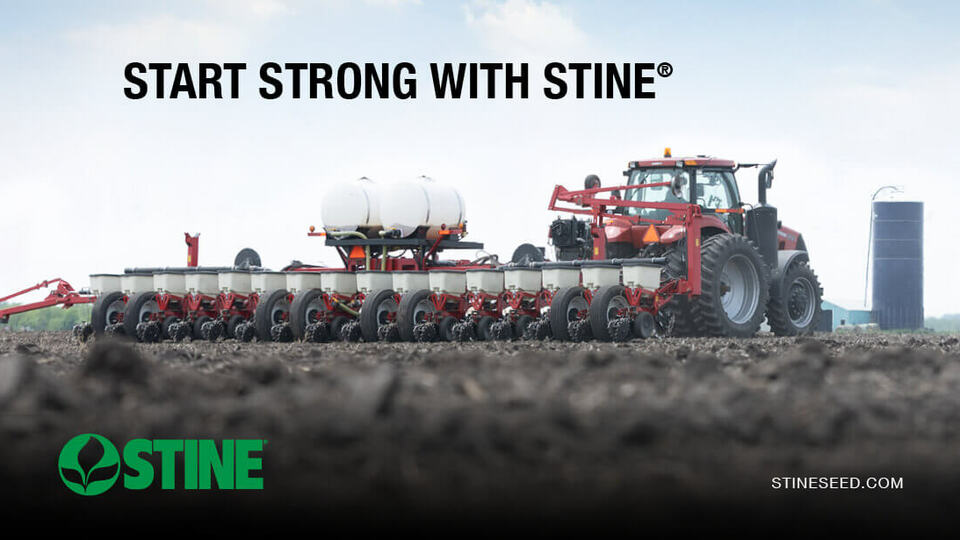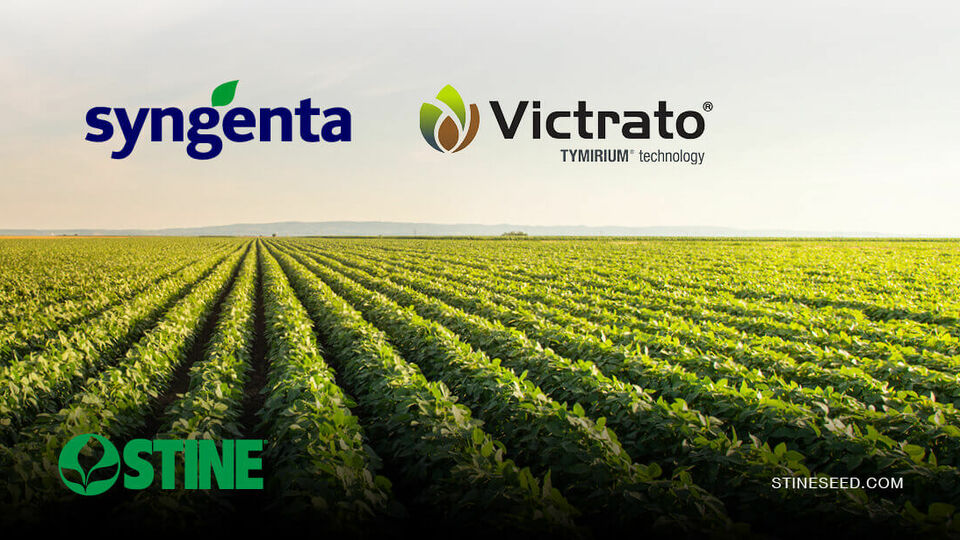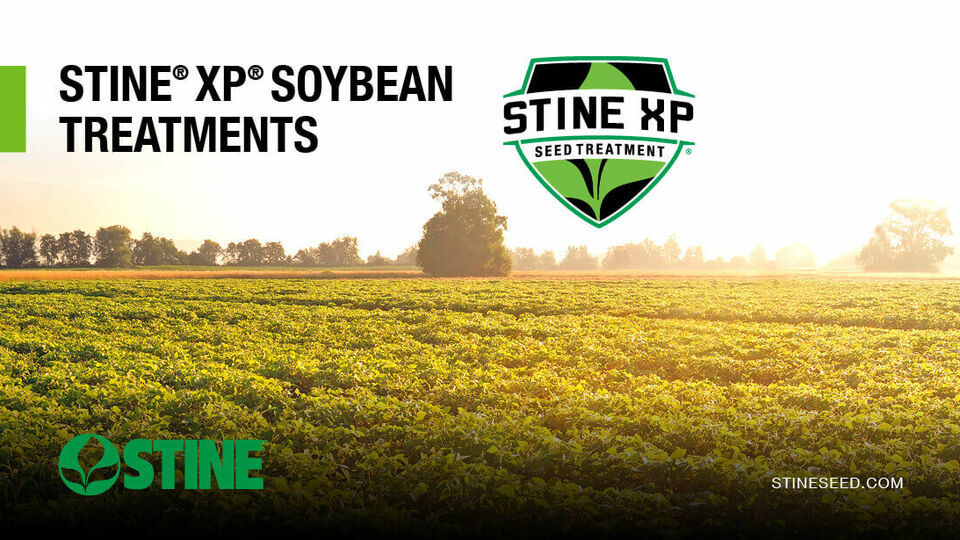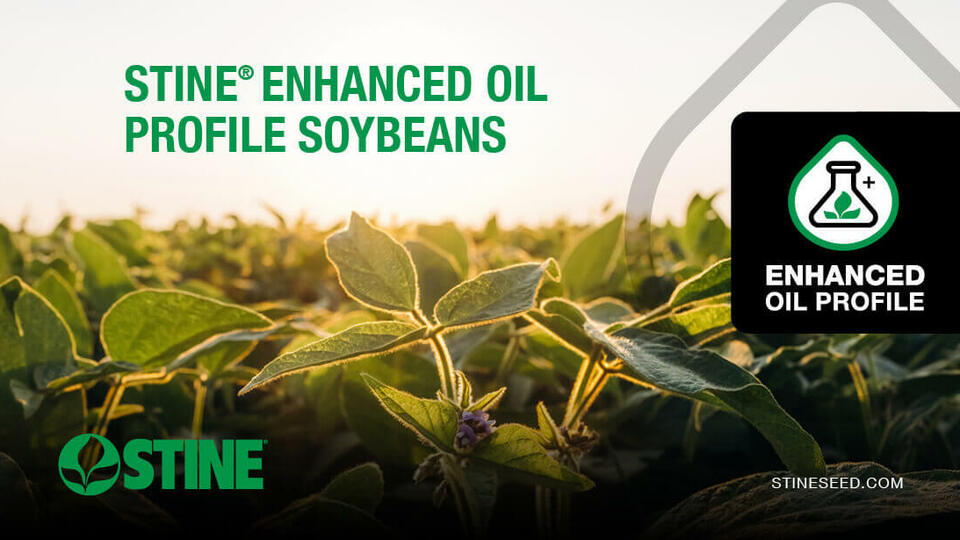Harvest season is well underway on the Stine® Seed Farm in Adel, Iowa, with roughly 4,200 acres of corn, 1,400 acres of seed corn and 100 acres of soybeans already complete. Soybean harvest should be fully underway on the farm in the next week or two. While the process to ensure a productive harvest is tedious, under the leadership of tenured Stine Seed Farm Manager Steve Luther, it’s down to a science.
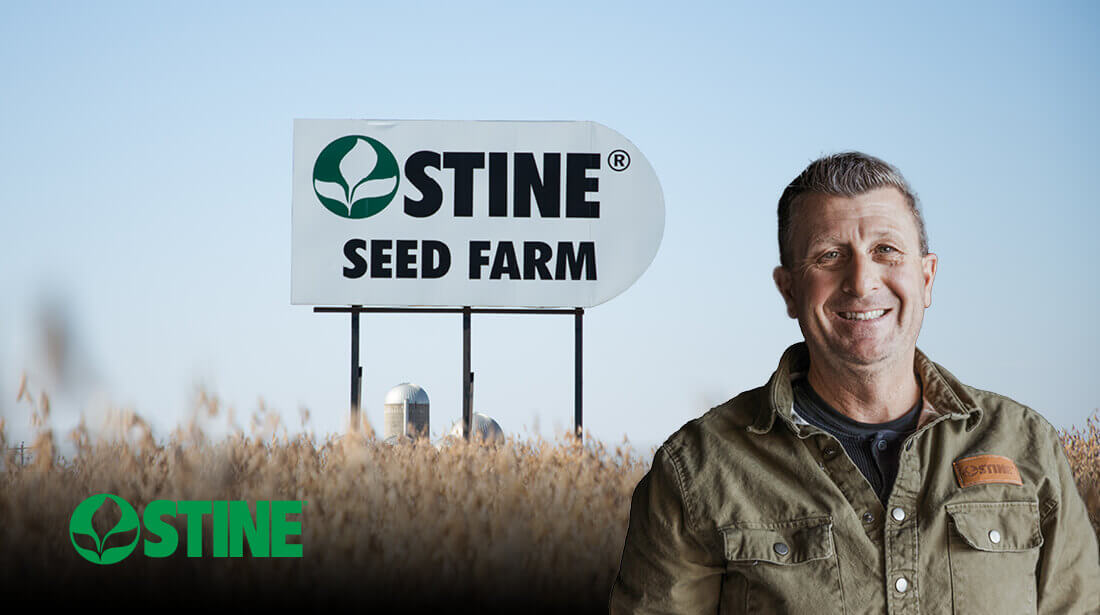
“We are already deep into harvest on the farm, but we start prepping for the season months in advance, around December and January, as soon as we are done with our fall tillage and anhydrous applications,” says Luther. “By the time spring arrives, we are usually so busy that we have to have everything ready for the whole year.”
Simply put, achieving a successful harvest is contingent on careful planning.
Checking the list
In a typical year, several different corn hybrids, seed corn and soybean varieties are planted on the farm. With different planting dates and maturities, a plan must be in place to determine which field is harvested first. Planning begins as soon as products are chosen for the upcoming planting season.
“Before the planting season even takes place, we’re already mapping out timelines for each field to be harvested,” says Luther. “We take a very proactive approach to each season, with discussions on planting dates happen in tandem with harvest timelines for each product.”
Timelines might fluctuate year to year, but advanced planning helps the team operate more efficiently during harvest.
Then comes the equipment prep.
“As far as our harvest equipment goes, the seed corn harvesters take a good deal of maintenance and time,” notes Luther. “Those machines are built from the ground up here [on the farm], and keeping them maintained takes a great deal of hands-on work.”
Custom equipment for more efficient harvests
Stine designed and employs custom harvest equipment for both seed corn and commercial harvest.
“Our seed corn harvesters are very unique to the farm due to the fact we built them ourselves and they husk our seed corn in-field,” says Luther. “We have four of them, and they are the only ones in the world.”
Stine’s seed corn harvesters have been fine-tuned over the years to ensure more operating efficiency and better-quality output. The machines, which are unlike any other in the industry, are designed to accommodate higher intake volume, allowing us to harvest more ears per acre and keep seed beds equally full. They also enhance grain quality.
“It’s a simple four-step process,” says Luther. “The seed corn is husked right in the field, moved immediately from the machine to the dryer, and, once dried, it’s shelled and then goes right to the bag. This allows for less damage to the grain, resulting in a better-quality product for growers.”
The farm team also leans on custom-built harvest headers to harvest seed corn, and standard harvesters are used on the commercial corn and soybean side.
“We rebuild and repair all custom equipment in our shops every year,” notes Luther. “But typically, we take our commercial combines to our local dealer for annual inspections and repairs.”
Equipment prep is completed well in advance so the team can hit the field in mid- to late August each year.
The season that is
This year, harvest is progressing smoothly on the Stine Seed Farm with only a few seasonal hiccups.
“Out of what we have harvested today, MX603-0 is performing well,” says Luther. “With all seed corn now complete, we have some really great new things coming for next year’s lineup!”
Luther also notes that yields on some early-maturity corn lines are slightly down, but he believes that southern rust has affected top-end yield. He adds that our soybeans look good and have a “great deal of yield potential.”
Advice for growers
While harvest is underway on the farm, the season is still a few weeks away for many in the northern and Midwest growing regions. Luther provides some sensible advice for growers as they prepare to hit the field.
“It’s going to be a very swift and quick harvest, especially with the corn harvest here locally with the southern rust that has moved in late summer,” he says. “So, having your combine, headers and grain-handling equipment ready will be a must to prevent untimely breakdowns.”
To learn more about the Stine Seed Farm, harvest results or our 2026 product lineup, reach out to your local Stine sales rep.
Related Articles
-

Start strong with Stine®: Maximizing your 2026 potential
January 2026 in Agronomy
-

Stine® to offer Syngenta’s Victrato® soybean seed treatment in 2026
December 2025 in Agronomy
-

Use Stine’s XP® seed treatments to prevent early injury to your crops
December 2025 in Agronomy
-

Understanding Stine’s enhanced oil profile soybeans
December 2025 in Agronomy
